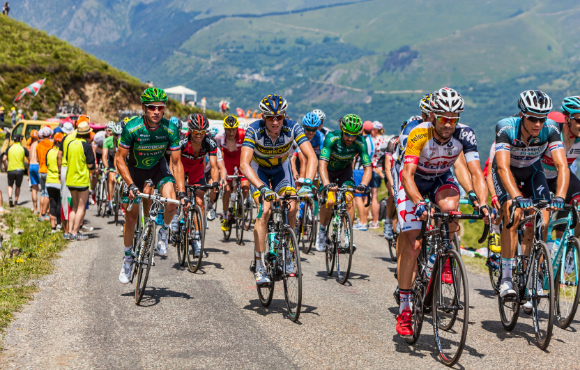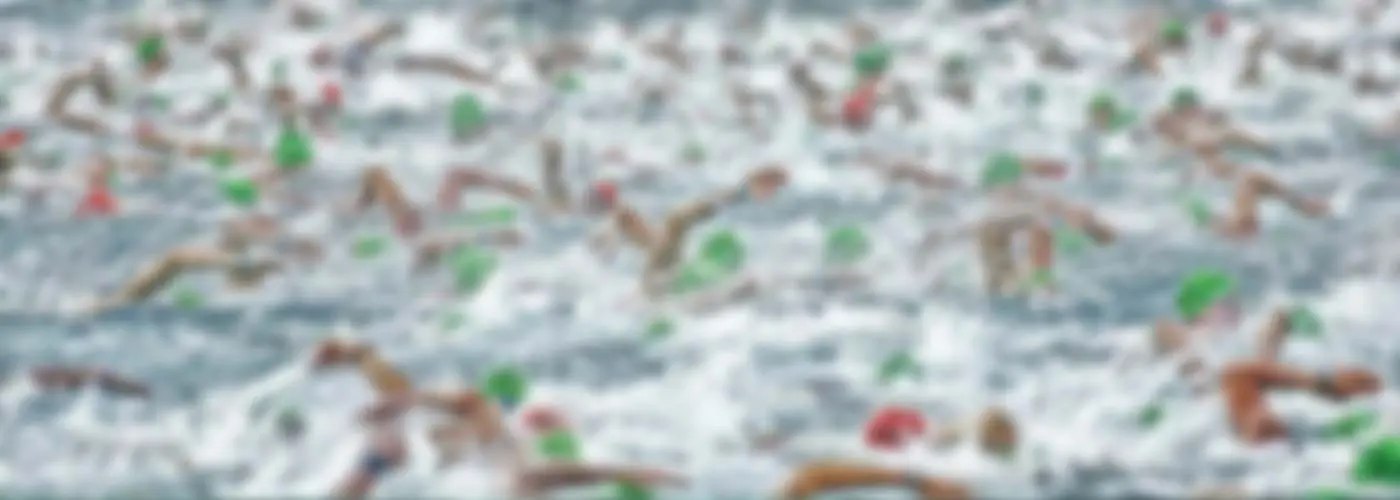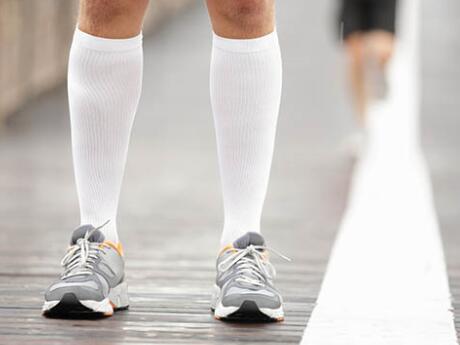Go on Group Rides
1 of 7
For new triathletes, joining a group ride can be intimidating if you aren't confident with your bike skills. But riding with a group of cyclists is an effective way to gain fitness and improve your bike handling in a short amount of time.
Because cyclists in a group are in close proximity with one another, you'll be forced to adjust too. You'll improve your bike handling without even knowing it--and that could produce big gains if you plan to race on a technical bike course during the year.
To start, try joining a group ride once a week with other cyclists who are slightly faster than you. A ride with others will teach you to challenge yourself instead of sitting back, which will also improve your fitness and help you become comfortable with riding at speeds you wouldn't be capable of alone.
Find:
Your Next RaceWork on Your Technique
2 of 7
While cycling might not be as technique driven as swimming, you still need practice to perfect your pedal stroke.
On each ride you go on, make sure you spend time paying close attention to:
The top of the pedal stroke (12 o'clock): As you transition over the top, make sure to drop your heel. This will generate more power from your hamstrings and glutes in the push phase (12 to 6) instead of relying solely on the quadriceps.
The bottom of the pedal stroke (6 o'clock): This second transition should end with the toe pointed down, contracting the calves and hamstrings as you begin the pull phase (6 to 12). It will also eliminate any dead spots in the pedaling motion, causing a loss of power.
Find:
Your Next RaceRide Through the Winter
3 of 7
Getting faster on the bike is all about consistency, and the winter is the perfect time to develop good habits.
If you live in a place where it's warm enough to get out on the bike, use the opportunity to build your base with one long ride per week (around three hours). If you're forced to train indoors, work on VO2 max intervals (2 x 20-minute time trial efforts) instead. Either way, by getting on the bike a few times every week you'll be less likely to lose your "cycling strength" from the previous season. It'll be easier to improve once the upcoming season begins.
Find:
Your Next RaceDon't Be Afraid to Go Up
4 of 7
Even if you aren't training for a race with hills, including hill training into your workouts can provide a big boost to your overall speed come race day.
Some of the benefits you can expect include:
- Improved power from being forced to pedal at lower cadences.
- Better bike handling from practicing descents at high speeds.
- Cardiovascular gains from lactate threshold efforts.
Find:
Your Next RaceGet a Bike Fit
5 of 7
On the bike, position matters. Rather than trying to figure your measurements out on your own, you'll be best served by getting a professional bike fit as soon as possible. This will not only help you to gain comfort and prevent injury, it'll also help you to improve your efficiency.
If you want to take things a step further, consider getting tested in a wind tunnel. These experts will be able to measure exactly how much wind drag your position creates to find the perfect balance between power and aerodynamics.
Find:
Your Next RaceUse a Power Meter
6 of 7
To go as fast as possible and avoid spikes in your effort that can potentially lead to a bonk down the road, you'll have to learn how to pace yourself. One of the easiest ways to deliver steady, even effort is to measure the watts you're producing with a power meter.
To begin training with power, you'll need to:
Determine your lactate threshold, or the average number of watts you can produce during a one-hour time trial effort. To calculate your lactate threshold, ride a time trial effort for 20 minutes. Take the average number of watts you produce and multiply this number by 0.95.
Use power-based training zones to fine-tune your workouts and race-day efforts.
Find:
Your Next RaceAbout the Author
Marc Lindsay
Marc writes gear reviews, training, and injury prevention articles for Active.com. He is also a contributor to LAVA Magazine, Competitor Magazine, and Gear Patrol.com. He is a certified Physical Therapy Assistant (PTA) and earned his M.A. in Writing from Portland State University. Marc resides in Scottsdale, Arizona.







Discuss This Article